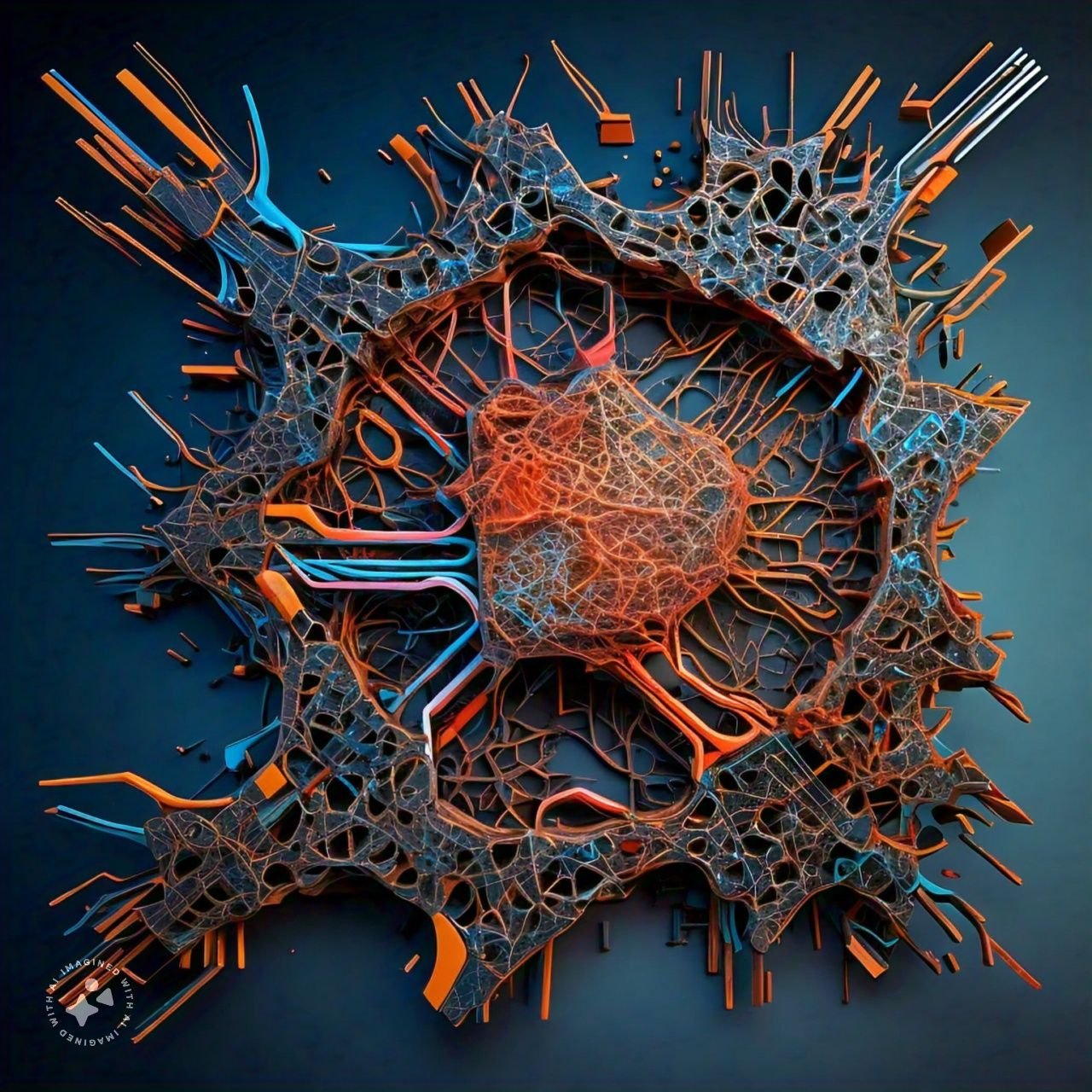Introduction to Deconvolutional Neural Networks
Deconvolutional Neural Networks are a type of smart computer brain. They help computers see pictures like we do. These networks are special because they can make unclear pictures clear. It’s like cleaning your glasses to see better. People use these networks to help machines learn from pictures. This learning helps machines do cool things. They can find objects in pictures or understand scenes in games and movies. It is amazing how they turn blurry spots into sharp details. This smart brain works by going backwards from what normal networks do. Instead of making pictures smaller and simpler, it makes them bigger and clearer. This is why we call it deconvolutional. It makes things look better than before. How Deconvolutional Neural Networks Work Deconvolutional Neural Networks start with small, simple picture pieces. Then they grow these pieces into full, clear pictures. They use math to do this. The math helps them guess how to fill in missing parts of pictures. First, they take in a lot of examples. These examples show them many pictures. Some pictures are clear, and some are not. The network learns from these examples. It tries to make not-clear pictures clear. The network has layers, like steps. Each step helps it understand more about the picture. As it moves through the steps, it makes better guesses. It uses what it learned from the examples to improve. Learning in Deconvolutional Neural Networks In Deconvolutional Neural Networks, learning is about making better guesses. The network looks at many pictures. Some pictures are puzzles with pieces missing. The network tries to fit the right pieces into the puzzles. Every time the network makes a guess, it checks how good the guess is. If the guess is not good, it learns from that. It tries to make a better guess next time. This is how it learns to make pictures clear. The network uses a special rule to learn. This rule helps it understand how far its guess was from the right answer. Then, it changes a little to make a better guess next time. This keeps happening until the network gets really good at guessing. Where People Use Deconvolutional Neural Networks People use Deconvolutional Neural Networks in many places. Doctors use them to look at X-ray pictures. These networks help doctors see problems in the pictures better. This can help sick people get better. Car makers use these networks in self-driving cars. The cars need to see the road clearly. The networks help cars understand what they see around them. This makes driving safer. In phones, these networks help cameras take better pictures. They make unclear photos clear. This makes our memories look nicer in photos. Improving Deconvolutional Neural Networks People who make Deconvolutional Neural Networks try to make them better all the time. They want these networks to learn faster and make clearer pictures. They also try to make them use less power. Using less power means the networks can work on smaller gadgets, like phones or tablets. This is good because it lets us use smart tools without needing big computers. Scientists and engineers also work to help these networks make fewer mistakes. They want the networks to see pictures like human eyes do. This hard work helps everyone have better tools. Conclusion Deconvolutional Neural Networks are smart computer brains that make pictures clear. They start with blurry images and make them sharp. They learn from many pictures how to do this better. These networks have many steps. They use math to make guesses and learn from mistakes. They get really good at understanding pictures. People use these networks in cars, phones, and hospitals. They help make our world safer and our memories clearer. Everyone is working to make these networks even better. They will help us more in the future.

